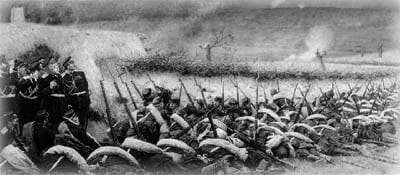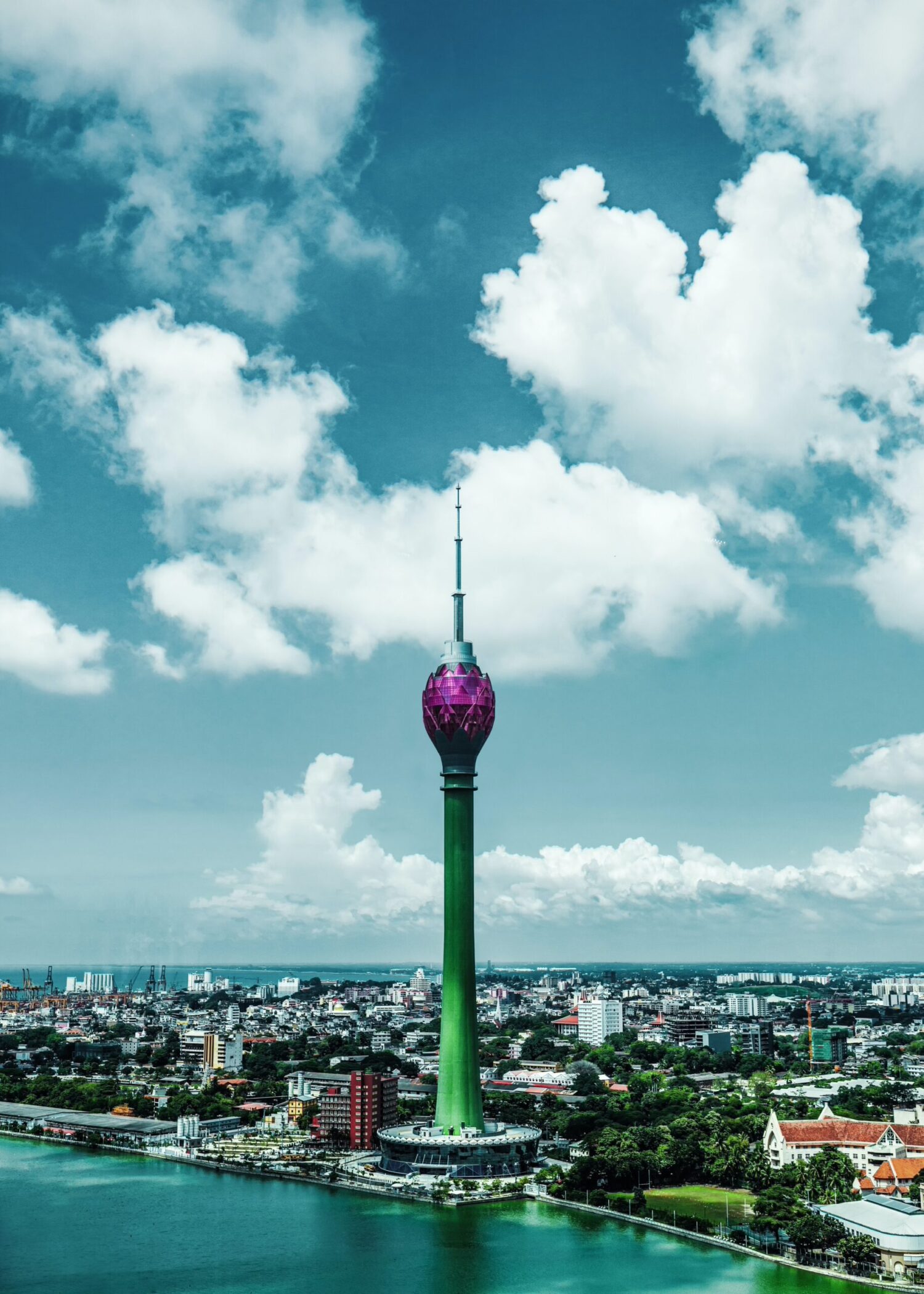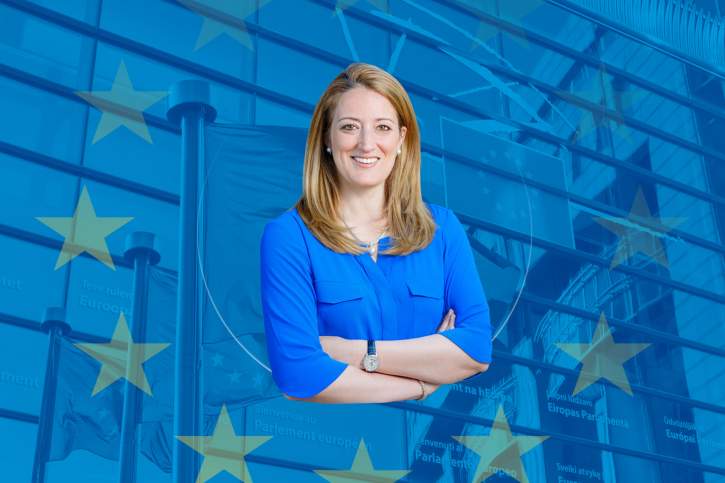The Balkan Peninsula has always been a troubled and politically unstable region. It is a place of interweaving of dangerous conflicts already by virtue of the fact that this region was formed as a space where the East and the West are in direct contact, where the religious systems of Islam and Christianity, Orthodoxy and Catholicism come into contact. This has predetermined the situation that can be characterized as a confrontation between civilizations.
The Russian-Turkish war of 1877-1878 was one of the most significant events in the second half of the 19th century. It had a huge impact on the destinies of the peoples of the Balkan Peninsula, on the foreign policy of the great states. The war began in the conditions of a powerful rise of the national liberation movement against the oppression of the Ottoman Empire and a public movement unprecedented in the history of Russia in support of it. It was the latter that led to the birth of Russian military correspondence.
The topicality of the topic under consideration is determined by its lack of development in the scientific literature. The only research on the problem of the correspondence of the Balkan theater of military actions in the pre-revolutionary literature is the cycle of articles by V. Apushkin.[1] But, regardless of the rich factual material, it contains a mass of inaccuracies, obfuscation of facts, especially in relation to official government correspondents.
The object of the present study is the correspondence of the Balkan theater of military operations during the Russo-Turkish war of 1877-1878. It is necessary to note that in the given work the word “correspondence” is used in two meanings: generalizing, as a synonym of the concept of “journalism”; and specifically, denoting the letters, telegrams, etc. sent by the correspondents. In the indicated case, “correspondence” means everything related to the activities of the correspondents, i.e. the first of the given meanings of the term.
The purpose of the research is to analyze the conditions and results of the work of the correspondents of the Balkan Military Theater in the period 1877-1878. Based on the purpose, the author solves the following tasks:
– to clarify the quantitative and qualitative composition of correspondents of the Russian and foreign press in the Active Army;
– to examine and compare the conditions and quality of work of foreign and Russian correspondents;
– to evaluate the work of the Field Headquarters of the Active Army with the correspondents of the army;
– to illuminate and show the internal differences in the environment of Russian and foreign correspondents;
– to study the war materials contained in the correspondence of Russian correspondents, their submission and direction.
The geographical framework of the work covers the territory of modern Bulgaria, as well as parts of Romania and Turkey. The chronological framework of the work: from the autumn of 1876, when preparations for the war and the formation of the Field Staff began, to the spring of 1878, that is, the end of the war with Turkey.
Speaking of Russian military journalism, it should be noted that it was born precisely in the course of the Russo-Turkish war in 1877-1878. As the late 19th – early 20th century historian V. Pushkin wrote, “as the war begins spontaneously, and equally spontaneously, a “possibility” arose for the Russian periodical press to have its own correspondents in the theater of war … This was conditioned, first of all, by patriotic feelings and the desire to convey the truth about the war during the conduct of the war, and not after her”.[2]
Journalists from Russian publications were admitted to the theater of hostilities at the request of the responsible editors and publishers of the newspapers. They were posted to the Field Headquarters as official correspondents.
The Russian-Turkish war (1877-1878) aroused interest both in Russia and in other European countries. In the Russian Empire, where literacy increased after the reforms of the 1860s, all sections of the population were interested in the affairs of the Slavic peoples (Serbs, Bulgarians, etc.), as well as in hostilities. Russia declared itself as the defender of the “Slavic brothers”, and this affirmation was the basis of the ideology of the empire’s Balkan policy. Concealing the interests of the “fraternal Slavic peoples” through protection, the Russian governments in the 19th – early 20th centuries pursued entirely pragmatic goals: control of the Black Sea coast and the Bosphorus and Dardanelles straits. As for the ordinary population of the Russian Empire, they, not seeing in their majority the real reason for the events, sincerely believed that they were helping the related peoples to free themselves from the Ottoman rule. Hence the increased interest in the war and the waves of patriotism associated with it.
In the Western countries in relation to this war and its course were their own interests of a political and military nature, the characteristics of which go beyond the scope of our study. We can only note that they provided support to the Balkan peoples only when it benefited them, and not the oppressed population of the Balkans. As for the military interest, it was completely natural in the light of the military reforms taking place in Russia in the 1860s and 1870s. The military specialists of the great powers needed to see the renewed Russian army in action and practically assess its combat capability.
All of the above is the reason for sending to the theater of hostilities correspondents of periodicals both from Russia and from other European countries. Often, military correspondents were direct participants in the battles, as a rule – officers who combined writing skills with the ability to lead an army.
Already in November 1876, from the beginning of mobilization, at the request of the Minister of Internal Affairs A.E. Timashov was posted to the headquarters of the Active Army in the capacity of a correspondent of the “Government Gazette” newspaper, the lieutenant of the Life Guards of the Ulan Regiment V.V. Krestovsky. It should be noted that the specified edition was an official body of the Ministry of the Interior.
The introduction of correspondents in the army was, from the very beginning of the war, immediately placed under the control of the military authorities. This control, indeed, did not have a strict character. At the headquarters of the Active Army, at the beginning of the war, a special position was created, to which they appointed the former teacher at the Academy of the General Staff, the colonel of the General Staff M.A. Gasenkampf. Attached during the entire war to the Commander-in-Chief, he kept a journal of combat operations, compiled urgent reports to the emperor, participated in the discussion of plans for military operations, deciphered reports from the military agents of Russia in European countries entering the headquarters. His main task was to bring the military correspondents to the Active Army. In order to work in the theater of hostilities, anyone who wanted to was obliged to receive from M.A. Gasenkampf permission, after which he was issued special identification marks, and he could be considered an army correspondent.
On April 17, 1877, M.A. Gasenkampf drew up a report to the Chief of Staff of the Active Army, in which he proposed conditions for the admission of correspondents into the army. Noting that the press has a great influence on public opinion, both in Russia and abroad, M.A. Gasenkampf proposes to allow correspondents at the front, but subject to the following conditions.
– Russian correspondents should be admitted upon request by the editors and publishers of the respective newspapers;
– foreign – on the recommendation of Russian embassies and high-ranking persons;
– preliminary censorship should not be instituted, but all correspondents should be obliged not to report any information about the movement, location, number of troops and their upcoming actions. It was supposed to warn the correspondents that, for failure to fulfill the above-mentioned duty, they would be recalled from the army;
– to monitor the implementation of their commitment to propose to the editors to deliver all issues of the newspapers in which correspondence from the theater of war will be printed;
– to provide the correspondents with the opportunity to receive from the head of correspondents at the headquarters of the Active Army all the information that the chief of the army headquarters recognizes as useful or possible to communicate to them. For the same, it was proposed to appoint certain hours.[3]
M.A. Gasenkampf writes that “requiring a friendly tone from the correspondents, in equal measure, as well as their preliminary censorship, will be to our detriment: both will receive immediate publicity, and will lay a firm foundation for public distrust of these correspondents , which will be admitted”. The colonel notes that “in this case, there may even be a fear that public opinion will rather trust those newspapers that will engage in fabricating false and malicious correspondence about our army. From such newspapers as, for example, “Neue Freie Presse”, “Pester Lloyd”, “Augsburger Zeitung” such behavior could be expected”. “And since public opinion,” the colonel continued in his report, “is such a force at the present time that we must not ignore, the seditious correspondents of the most influential press bodies are powerful movers and even creators of this opinion, it is better to try to arrange the correspondents in our favor”.[4] In general, as observed by N.V. Maximov, influential correspondents who represented company publications were allowed in the army, but at the same time they were made to understand that one cannot enter a foreign monastery with one’s own statute.[5]
On April 19, the Grand Duke approved the note and confirmed M.A. Gasenkampf in the position of leading the correspondents.
Correspondents began to flock back in April. Their secondment to the army headquarters has begun, to accompany it in the course of hostilities and to give the latest timely reports. The question was raised and identification marks for them. The proposal of the foreign correspondents Mac Gahan and de Westin in such a capacity to use a white armband with a red cross in the army headquarters they found inconvenient. At the suggestion of M.A. Gasenkampf, initially correspondents allowed to accompany the army were required to have a badge on the left sleeve of their uniform. It was a round copper plate on which were engraved an eagle (the coat of arms of the Russian Empire), the number of the correspondent, the inscription “correspondent” and the seal of the Field Commandant’s Office of the Army. To verify his identity, each correspondent had to have a photograph with a written confirmation of his identity, signed by M.A. Gasenkampf, and stamped with the stamp of the Field Commandant on the reverse.[6] Also approved was the Colonel’s proposal to establish reception hours for correspondents at the headquarters of the Active Army from 9 a.m. to 11 a.m.
On June 7, 1877, however, Order No. 131 was issued for the troops, according to which a new insignia was introduced for distinguishing correspondents. A tricolor (black-yellow-white in color) silk armband was introduced. It depicted the heraldic eagle around which the inscription “correspondent” was placed in a semicircle. The personal number of the correspondent was embroidered under the inscription with gold thread. The seal of the Field Headquarters or the Field Commandant’s Office of the Army had to be placed on the outside and inside of the bandage.[7] Without these insignia, correspondents were not allowed in the positions. The rights of correspondents were also applied and enjoyed by the artists, who were of the same kind as modern photojournalists. The freedom of movement of army correspondents was not restricted, but they were required to report any change in their residence to army headquarters.[8]
Correspondents arrived in the army gradually. This can be judged from the diary entries of M.A. Gasenkampf, immediately after registering them. Thus, on April 22 In 1877 he wrote: “So far only: Mac Gahan, de Westin, Dannhauer (“Militär Wochenblatt” and “Nationalzeitung”) and von Maree (“Über Land und Meer”) have been admitted. The last two are retired officers. Today I presented for the signature of the Grand Duke a telegram from the Ministry of Internal Affairs for permission for Russian correspondents to follow the army and send their correspondence by post and telegraph directly to their newspapers”.[9] On April 24 he was introduced to Daily News correspondent Archibald Forbes.[10] From May 7 is the following note: “Two English artists, correspondents of illustrated magazines, appeared today; both are admitted. The correspondent of “Peterburgski Vedomosti” Mozalevsky and the Bavarian Count Tattenbach-Reinstein, unknown why he ended up among the correspondents of the Prague newspaper “Politik” also appeared.[11] On May 5, M.A. Gasenkampf noted that “the correspondents already number 11 and in addition 5 artists: one French, one German, two English and one Russian (V.V. Vereshtagin)”.[12] Record of May 16: “The number of correspondents reached 23, including 7 Russians: Maksimov, Mozalevsky, Karazin, Nemirovich-Danchenko, Fyodorov, Rapp and Sokalsky. Karazin and Fyodorov are artists at the same time”.[13]
Notes
[1] Apushkin V., “War of 1877-78 in correspondences and novels”, Military Collection, No. 7-8, 10-12 (1902); Nos. 1-6 (1903).
[2] Apushkin V., “War of 1877-78 in correspondences and novels”, Military Collection, No. 7 (1902), p. 194.
[3] Gasenkampf M., My Diary 1877-78, p. 5.
[4] Ibid., pp. 5-6.
[5] Maksimov N.V., “About the Danube”, No. 5 (1878), p. 173.
[6] Gasenkampf M., My Diary 1877-78, p. 9.
[7] Krestovsky V., Two months in the active army…, item 1, p. 169.
[8] Ibid, p. 170.
[9] Gasenkampf M., My Diary 1877-78, p. 9.
[10] Ibid, p. 12.
[11] Ibid., p. 20.
[12] Ibid., p. 22.
[13] Ibid., p. 28.
(to be continued)
With abbreviations from: Canadian American Slavic Studies. – 2007. – Vol. 41. – No. 2. – R. 127-186; portal “Russia in colors”: https://ricolor.org/about/avtori/gokov/
Note on the author.: Oleg Aleksandrovich Gokov was born on March 26, 1979 in the city of Kharkiv. After completing his secondary education, he entered the Faculty of History of Kharkiv National University “V.N. Karazin”, who graduated with honors in 2001. In 2004, he defended his candidate’s thesis ahead of schedule “The role of the officers of the General Staff in implementing the foreign policy of the Russian Empire in the Muslim East in the second half of the 19th century.” Since 2004, he has been working at the Kharkiv National Pedagogical University “G.S. Frying pan”. Candidate of historical sciences, associate professor in the Department of World History, with more than 40 scientific and teaching-methodological publications in publications in Ukraine, Russia and the USA. The sphere of his scientific interests is the recent history of the countries of the East and military intelligence.
Source of the illustration: Vinogradov V.I. Russo-Turkish War 1877-1878 and liberation of Bulgaria. – M.: Mysl, 1978. – pp. 8-9.
















